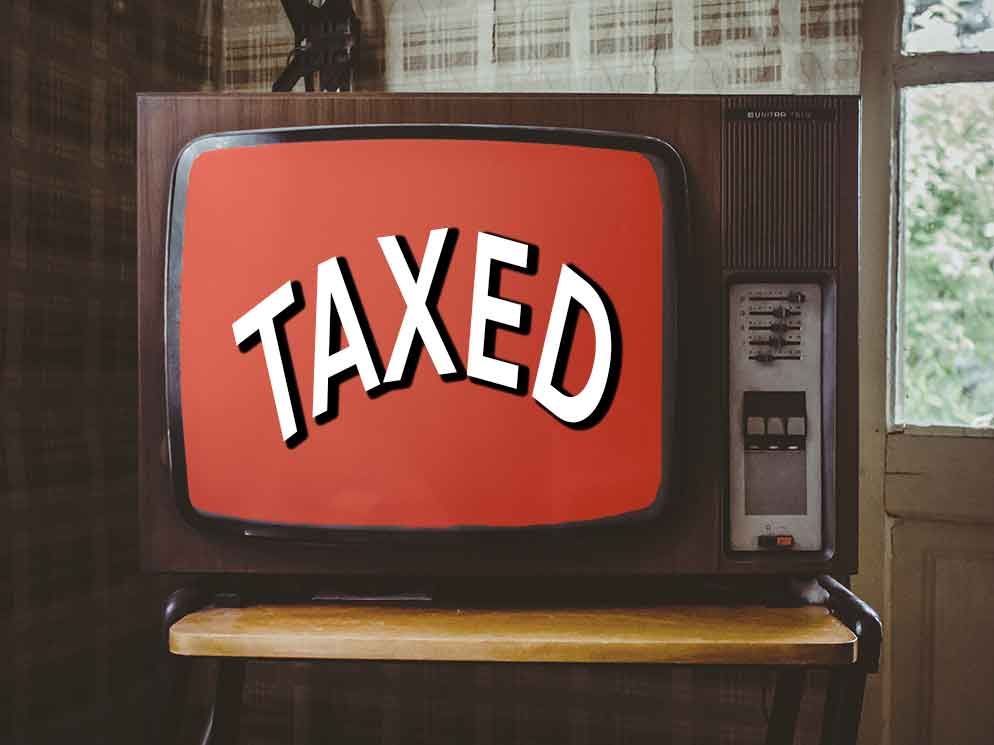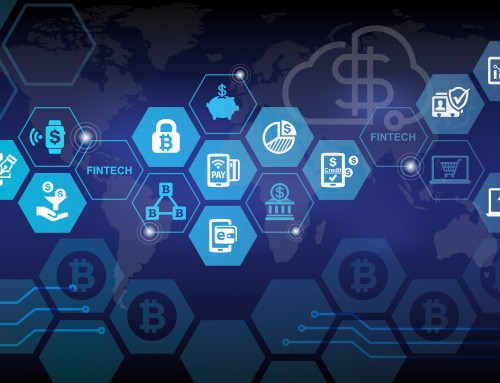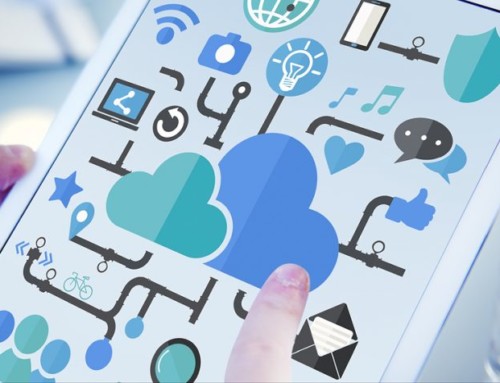Here is a summary of the controversial new changes to the taxation of cross-border e-commerce (and other services) under the GST regime, more affectionately known as the the ‘Netflix Tax’.
- It will be imposed on intangible supplies such as supplies of digital content, games and software—but will also extend to consultancy and professional services performed offshore for customers in Australia
- The liability for the GST will rest either with the supplier or with the operator of an electronic distribution service
- GST will be imposed at a rate of 10 per cent on the value of the supply
At this stage it would appear that all intangible supplies will be caught, regardless of the value of the supply (currently goods valued of less than $1,000 from overseas suppliers over the internet imported by Australian consumers are not covered under the GST Act, hence it is likely there might be scope for this value of intangible supplies to be changed by regulation) and only supplies made to consumers will be caught: business-to-business transactions will be exempt.
This is the original article Contributed by Amrit MacIntyre, Partner, Baker & McKenzie
The Tax and Superannuation Laws Amendment (2016 Measures No 1) Bill 2016, which was introduced into parliament on 10 February 2016, makes significant changes to the taxation of cross-border e-commerce (and other services) under the GST regime.
In particular, the Bill amends the A New Tax System (Goods and Services Tax) Act 1999 to bring to taxation sales of digital products and other imported services to Australian consumers by foreign entities. Such sales will be subject to GST in a similar way to equivalent supplies made by Australian entities to domestic consumers. A summary of the key changes is as follows:
- a new taxing nexus will be introduced into the A New Tax System (Goods and Services Tax) Act 1999 to tax supplies made to a recipient who is an “Australian consumer”. This will generally bring to taxation the supply of anything that is not goods or real property, in other words, services generally and any intangible things such as digital products supplied from overseas to an Australian consumer
- where an inbound intangible consumer supply, ie. anything other than goods or real property supplied to an Australian consumer from offshore, is made through an “electronic distribution platform”, the operator of the platform instead of the actual supplier is taxed. This represents a significant departure from the general rules set out in s 9-5 and 9-10 making the actual supplier
liable (although there are some exceptions to the general rule such as the “reverse charge” under Div 84).
Australian consumer
An “Australian consumer” will include any entity which is generally an Australian resident. That entity must not be registered for GST (or if registered, must not acquire the thing supplied solely or partly for the purpose of an enterprise that the entity carries on). This will effectively capture domestic consumers.
The new rules at first glance appear onerous in that an overseas entity making sales into Australia needs to determine whether its customer is an “Australian resident” or not. Importantly, the nexus is not the place of consumption but dependent on the identity of the consumer as an Australian resident wherever consumption occurs. Identifying a customer as such may not be an easy task, engaging as it does complex provisions of the Income Tax Assessment Act 1997 (Cth) as to residency. To address this difficulty, the new rules provide that a supplier is treated in some situations as not being liable, ie. it is treated as making a supply to an entity that is not an Australian consumer. Liability will not apply where a business takes reasonable steps to obtain information about whether or not an entity is an Australian consumer and after taking those steps, the business reasonably believes that the other entity is not an Australian consumer. Where usual business systems and processes provide the business with a reasonable basis for forming a reasonable belief about whether someone is an Australian consumer, this should be sufficient.
What circumstances will allow a business to form a “reasonable belief” about whether or not a customer is an Australian consumer therefore becomes of critical importance. Information that the supplier may have could include:
- the customer’s self-declared residence
- the customer’s billing address
- the IP address of the device used by the customer to make a purchase, and
- the location of the bank from which the customer payment originates.
What information a supplier has may also depend on how sophisticated the business systems of the supplier are. Guidance will be required from the ATO as to its views on these matters.
To the extent that a supplier’s belief that the recipient is not an Australian consumer is based on the customer being registered for GST, that belief will only be reasonable if their Australian Business Number (ABN), or other identifying information relating to that entity (which is expected to be prescribed by the Commissioner at a later date), has been disclosed to the supplier and a declaration or information that indicates that the other entity is registered for GST has been provided to the supplier by the customer.
Electronic distribution platform
The application of the rules to the operator of an “electronic distribution platform” also raises complexity, if for no other reason than an entity which is not the actual supplier needs to collect and account for GST on a supply. The operator of an electronic distribution platform, however, is in some cases excused from liability including where there is a written agreement between the actual supplier and the operator satisfying certain requirements to shift liability to the supplier. Further,
where an inbound consumer supply is made through more than one electronic distribution platform, liability can, by written agreement, shift to a particular operator. An additional rule provides that, in the absence of any relevant agreement, liability lies with the first operator to receive or authorise the charging of any consideration or, otherwise, the first operator to authorise delivery of the supply. An electronic distribution platform will include a website of the usual kind through which purchases can be made. The concept also extends to any “internet portal, gateway, store or market place” that allows businesses to make supplies available to end users. Further, the service must be delivered by means of electronic communication and the supplies made by means of electronic communication. However, a carriage service (within the meaning of the Telecommunications Act 1997) providing access to a payment system, processing payments or providing vouchers are not included within the reach of what is an “electronic distribution platform”. The exclusion is intended to ensure that a provider of ordinary telecommunications services or credit card service providers is not caught within the scheme simply by reason of the fact that a purchase occurs through use of its network.
Registration threshold
A GST registration threshold of A$75,000 per annum will apply to businesses consistent with the registration threshold applying to domestic suppliers. That is, a business making sales into Australia with an annual value under this threshold will not need to register for GST.
GST-free and input taxed supplies
The Minister will have the power to determine that specified classes of inbound intangible consumer supplies made by non-residents are GST-free, where imposing GST would be inconsistent with Australia’s international obligations. The Minister will also have a similar power to determine that specified classes of inbound intangible consumer supplies made by non-residents are input taxed (ie exempt where similar supplies made by residents would be input taxed).
Limited registration
Entities that are subject to the scheme may opt to be limited registration entities when they register for GST. A limited registration entity is not entitled to input tax credits, or to receive an ABN, and must have quarterly tax periods. However, the Commissioner is expected to significantly simplify the process of registration and reporting for these entities.
Commencement date
If the Bill is passed and enacted, the new rules will apply to supplies that are attributable to tax periods starting on of after 1 July 2017.
Concluding observations
The contemplated changes to the Australian GST regime are arguably some of the most significant changes to the scheme of GST since its initial introduction in 2000, in that the changes give wide extra-territorial operation to the GST law in ways not contemplated under the original scheme. The changes occur in the context of the OECD’s efforts to encourage governments to tax cross-border supplies of services and intangibles under the “destination principle”. That is, for consumption tax purposes, internationally traded services should be taxed according to the rules of the jurisdiction of consumption (OECD, “International VAT/GST Guidelines”, November 2015, Guideline 3.1). Other jurisdictions such as Japan and South Korea have recently moved to extend the reach of their consumption taxes in a similar direction to Australia. VAT in the European Union has for some time operated extra-territorially to e-commerce.







Leave A Comment